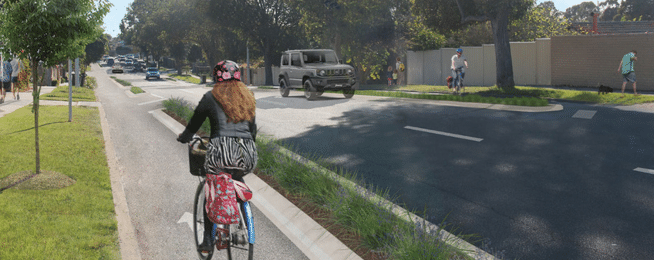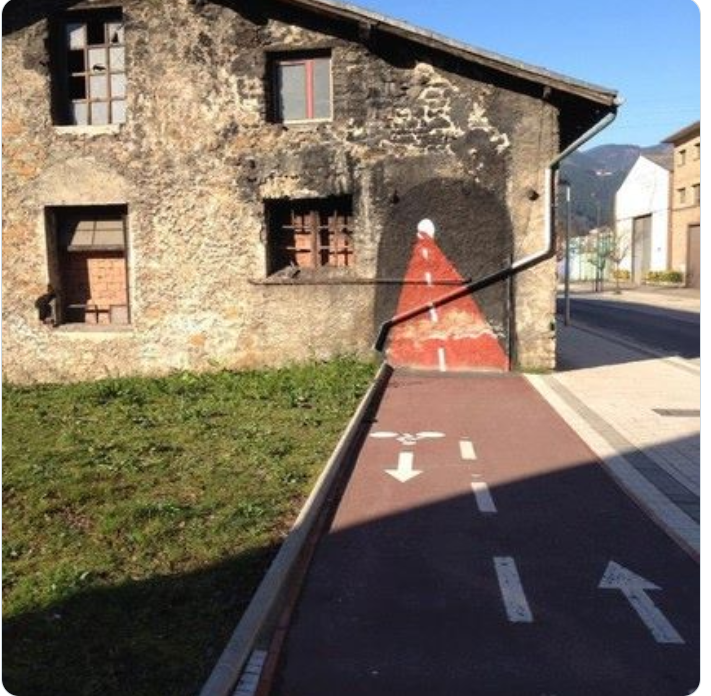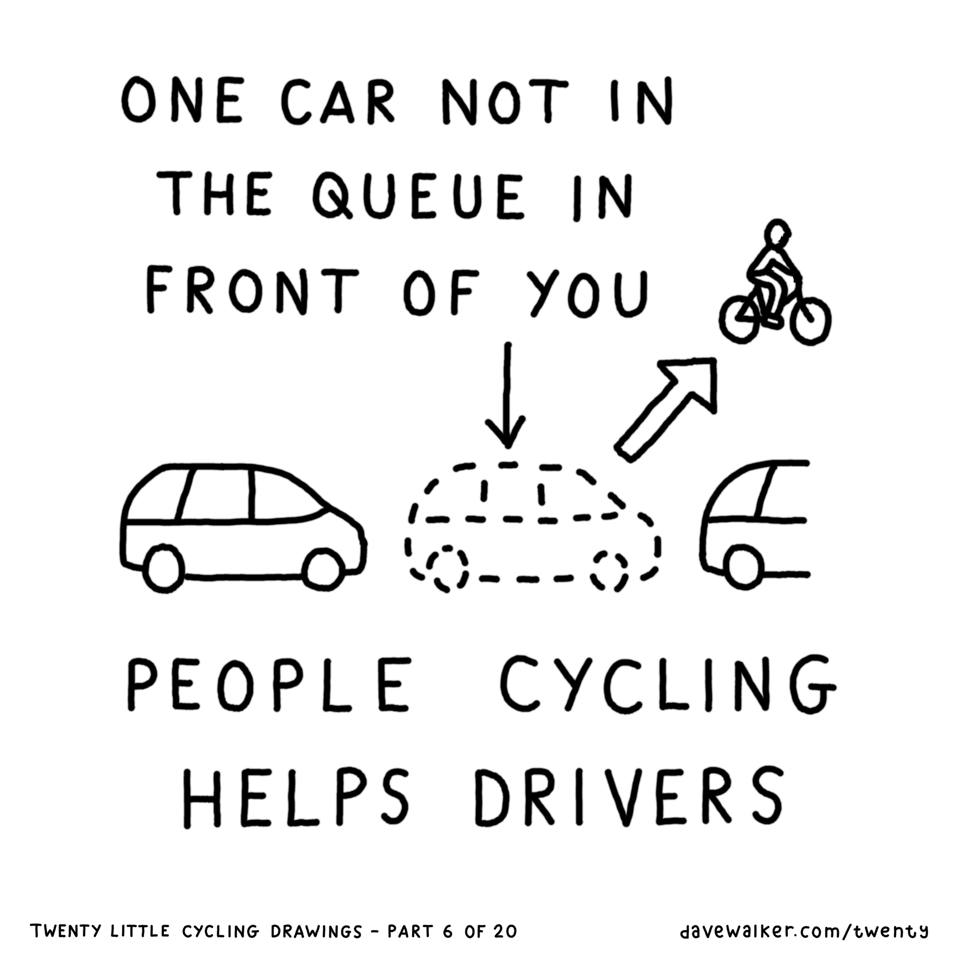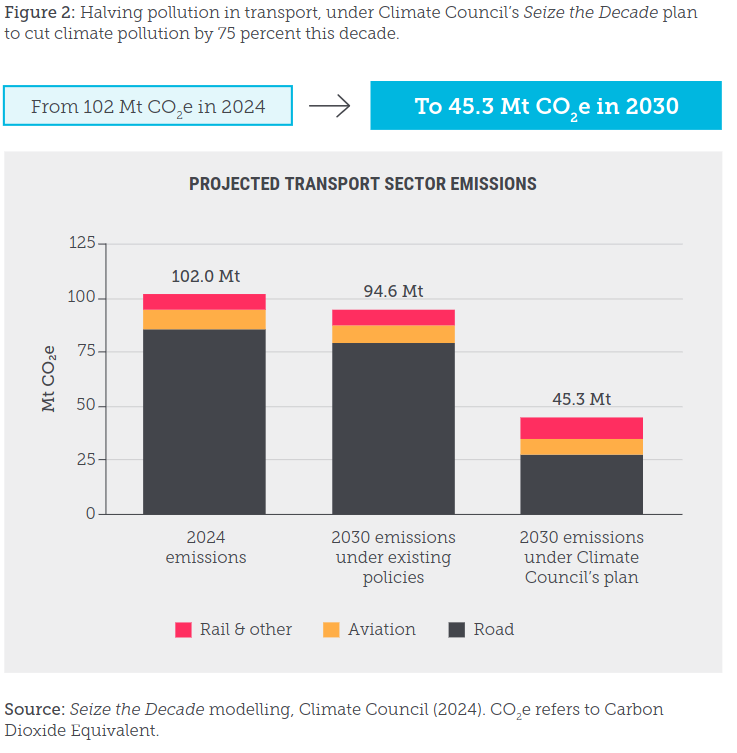Sky's Vic Park Newsletter Special Edition: the evidence on cycle lanes
Kaya!
I’ve recently joined the Carlisle Community Facebook page and have been struck by the responses to the Archer St protected cycle lane. I started writing out a comment on Facebook and realised it was getting ridiculously long, so I’ve shifted to doing another special edition of the newsletter.

Let’s start off with the big reason why we’re building protected bike lanes: the evidence shows us that it’s better for everyone, including people who never get on a bike.
Protected bike lanes get more people cycling, which helps to decrease congestion and pollution, increase spending at local businesses, and make streets safer.
There’s a whole bunch of writing already about this, but this is a specially-curated, artisanal blog post covering the concerns I’ve seen from the community, including:
Why aren’t bike lanes being used?
This cycle lane is going to increase congestion!
Lots of people seem to be angry about this, it must be bad!
What about local businesses?
Why are my rates being spent on this?
And as an extra bonus topic:
Local governments and climate action.
Why aren’t the bike lanes being used?
There seems to be some concern on Facebook that the recently-completed protected bike lanes are not immediately full of cyclists.

When you build safe and connected cycle routes, a much higher percentage of trips happen by bike. The Archer St bike lane is only one part of the Town’s overall bike network. While I would love to get safe, continuous routes built throughout the Town immediately, there are lots of practical reasons why we can’t do them all at once. (As well as political reasons, like managing community ‘bikelash’). As more of the routes get built - and especially connected up - we’ll see more people riding.

Imagine a road route where you have to drive your car over sections of gravel, thin windy mountain roads, and perhaps even worse hazards like rivers without bridges you have to drive across carefully while checking for water levels. You’d expect a few more people to drive that route when one section was turned into a smooth paved route, but use wouldn’t really increase until the whole route became safe and convenient.
Some cyclists will use a route with sections where you need to dodge cars or cross busy intersections, but it’s only as the whole route becomes safer that you’ll see numbers significantly increase.
You can read more about how Wellington and Paris have increased cycle traffic by building safe infrastructure. There’s also evidence from around the world that safe, connected, cycle routes can help close the cycling gender gap, and routes with a higher proportion of protected bike lanes see more women cycling.
But I need to drive, and the cycle lane will increase congestion!

It might be easy to assume that taking some road space for cyclists will increase congestion. But cycles take up less space on the road than cars (especially cars with only one or two people in them).
A very high proportion of car trips in Perth are under 5km, which means that many of these trips could be replaced by active transport. And every person on a bike in a bike lane is not in car, in front of you.
Data from other places shows that bike lanes make minimal contributions to car travel times, even when a lane of traffic is removed to build a bike lane.
Lots of people seem to be angry about this, it must be bad!
Like many other people, I am often suspicious of change. When you love a place it’s easy to worry that changes will make it worse.
Often, initially there’s a backlash (or bikelash, if you like a good pun) when protected bike lanes are built. But over time support increases, including from local businesses. One concrete demonstration of that is the re-election of local government representatives that have made better cycling infrastructure a key part of their policy platform, including Sadiq Khan in London (whose main opponent vowed to tear out cycle lanes).
Of course, that doesn’t mean every bike lane is perfect. There’s always room to learn from what works and what doesn’t, and to improve existing bike lanes. And we’ll be in a much better position to improve our bike network if we start off with an open mind to the benefits of bike lanes.
What about local businesses?
Often, the backlash against protected bike lanes mentions concern about local businesses, especially where parking is impacted. Reassuringly, there’s a lot of evidence showing that people travelling by bike and on foot spend more at local businesses.
There’s research showing that cycle infrastructure benefits local businesses even when car parking or car lanes are reduced, and that retailers often overestimate the amount of business they get from car traffic. In some places, sales data shows that after bike lanes were installed, sales quadrupled (but let’s not get our hopes up too much!)
Why are my rates being spent on this?
I understand the grumpiness about taxes being spent on services that you don’t benefit from directly. There are many services we all pay for that some people will never use. The great news is that cycle lanes (like many community facilities) have a benefit even if you never use them directly.
More people on bikes means less air and noise pollution. Overall, there are economic benefits for society (as well as for individuals who cycle) for every kilometre cycled. There’s some good evidence that cycling infrastructure reduces fatalities for all road users, including drivers and pedestrians.
Finally, let’s talk about climate action
We’re currently in the crucial decade for climate action, but with current commitments it looks like we’re significantly off track. We need everyone to be doing their part, including local government. Transport is the second-biggest source of emissions in Australia, and local governments can reduce that by making it easier for people to use active transport. (We also need better public transport, but that’s mostly a state responsibility.)

I’d like to think that most of us want to build a better future, for ourselves and for future generations. Making it easier and safer for people to switch away from driving is a small part of that.
Thanks!
If you made it this far - thanks for reading! If you enjoy reading about what’s happening on council, and like blog posts that come with a whole bunch of links, you can subscribe to my newsletter here.